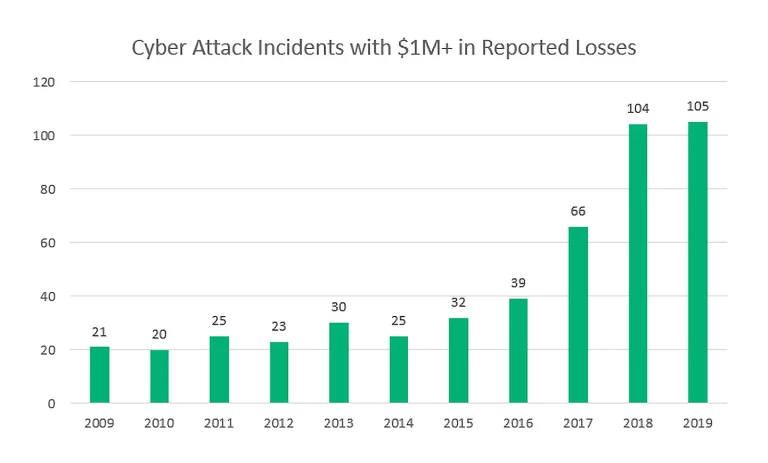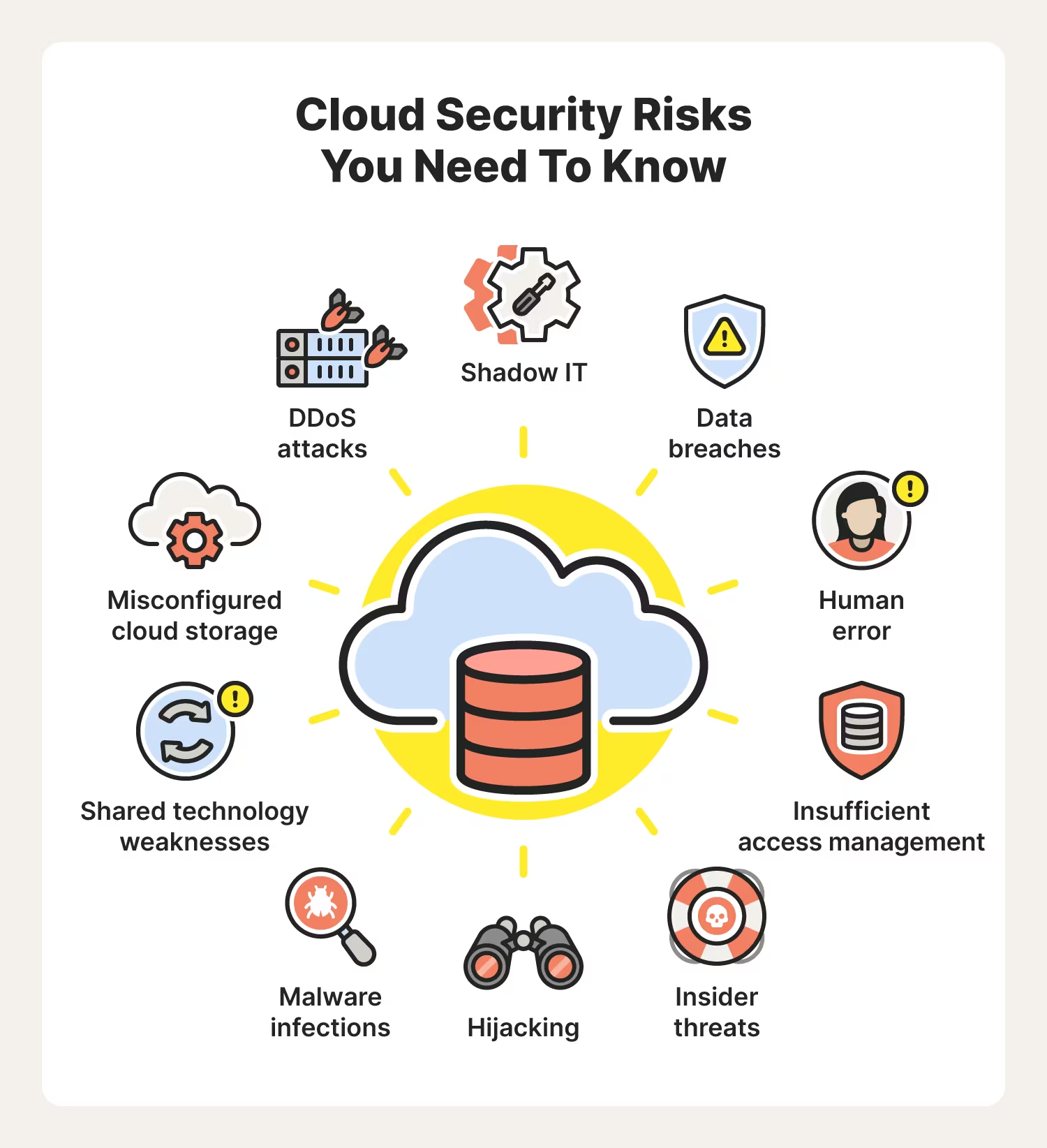Determining How Much Bandwidth Your Business Needs, and How to Protect It
It can be tricky to figure out precisely how much bandwidth your business needs. Truthfully, there is no ‘precise’ amount, as bandwidth needs vary day by day; however, what you certainly need is a capacity that can meet those needs every day.
The average business requires at least 25 Mbps of download speed and 3 Mbps of upload speed to conduct everyday tasks like emailing, exchanging files, using cloud-based services, and videoconferencing. But this is the absolute minimum any business would need to carry out normal operations and, of course, your actual bandwidth requirements will depend on a variety of other factors, which we will explore in this article. We will then end with some tips on how to conserve your bandwidth.
Number of Employees
You need to know exactly how many employees work in your organization before deciding what internet plan to purchase. As you can imagine, the larger the company, the more bandwidth you will need. With two people downloading data, the download speed is cut in half, and so the more employees you have, the greater the reductions in download speed. This is why large organizations often need the fastest internet plans to ensure that operations run smoothly and efficiently.
As a case in point, if you operate a call center with more than 30 employees who are using the phone and internet simultaneously, you’ll need a 1 Gbps (or 1,000 Mbps) plan. Contrast this with a small company with only a few employees, in which case a 75 Mbps plan can certainly be up to scratch. But a small business may also grow – and grow far larger than you could have initially predicted. For this reason, small businesses that are aiming to add more people to the team should aim a cushion to their internet speed to make room for such expansion.
Business internet plans will also come with a range of benefits that residential internet plans lack, including better reliability and faster upload speeds. So even if the cost of the former is greater, organizations find the investment to be worth it. Moreover, most internet providers offer a variety of speed tiers to accommodate the variety of business needs and sizes that exist.
Now let’s outline what your internet (download) speed should be based on the number of connected users/devices, and what these speeds allow you to do:
- 5 Mbps for 1-2 users/devices: online browsing, research, email
- 25 Mbps for 2-5 users/devices: large-file downloading, basic WiFi, business communication
- 75 Mbps for 5-10 users/devices: video streaming, frequent file sharing, numerous POS transactions
- 150 Mbps for 10-15 users/devices: frequent cloud computing, video conferencing, data backups
- 250 Mbps for 15-20 users/devices: server hosting, seamless streaming and conferencing
- 500 Mbps for 20-30 users/devices: multiple-server hosting, constant cloud-based computing, heavy online backups
- 1 Gbps for 30+ users/devices: extreme-speed operating enterprise-ready offices with near-zero interruptions
As a general rule of thumb, you’ll need around 10-15 Mbps for each employee working at your organization.
Download vs. Upload Speed
You might also have varying requirements for your download speed and your upload speed, perhaps requiring a lot of bandwidth for one but not so much for the other.
Essentially all internet activities require download speed (the rate at which data is transferred from the internet to your computer), although some of these require more than others. Here are some examples of the bandwidth consumption of different online activities per individual user:
- Instant messaging: 0.5 MB
- Web browsing: 1 MB
- Email: 1 MB
- VoIP calls: 2 MB
- Cloud/web programs: 5 MB
- HD video/conferencing: 5 MB
In contrast, upload speed is the rate at which data is transferred from your computer to the internet. This speed is crucial for uploading large files without interrupting services like VoIP. Uploading large files can use up 2 MB of bandwidth per user, so factor this in when deciding on a business internet plan.
How to Conserve Your Bandwidth
There are several ways that you can protect your bandwidth, ensuring you always have enough to meet your business needs. We recommend:
- Identifying the biggest culprits: employees who are using unnecessary amounts of bandwidth.
- Implementing wise social media controls: when employees are overusing social media for non-business-related reasons, this can end up wasting a lot of bandwidth. So, make sure you have some conservative protocols in place. You don’t want to kill all access to social media, as that would be too extreme and people would find a way around it. Instead, communicate what your social media policy is (how much use is acceptable) and, if that doesn’t prove effective, limit access to social media to specific times in the day (e.g. during lunch break).
- Blocking websites that are definitely not relevant to business operations but which end up draining your bandwidth: these would include sites like YouTube, Spotify, Netflix, and other streaming services.
- Running backups and updates after hours, not during peak usage hours.
- Implementing aggressive security protocols, including proper firewall and virus protection. Malware and viruses are notorious for stealing bandwidth.
By understanding your business needs as clearly as possible and knowing how to protect the bandwidth available, you will give your business the best chance of carrying out operations without a hitch.
Cyberlocke is a comprehensive, full-service IT services provider that architects and implements efficient and secure solutions for enterprise customers and their data centers. We specialize in security, cloud, managed services, and infrastructure consulting. Contact Us today to learn more.


